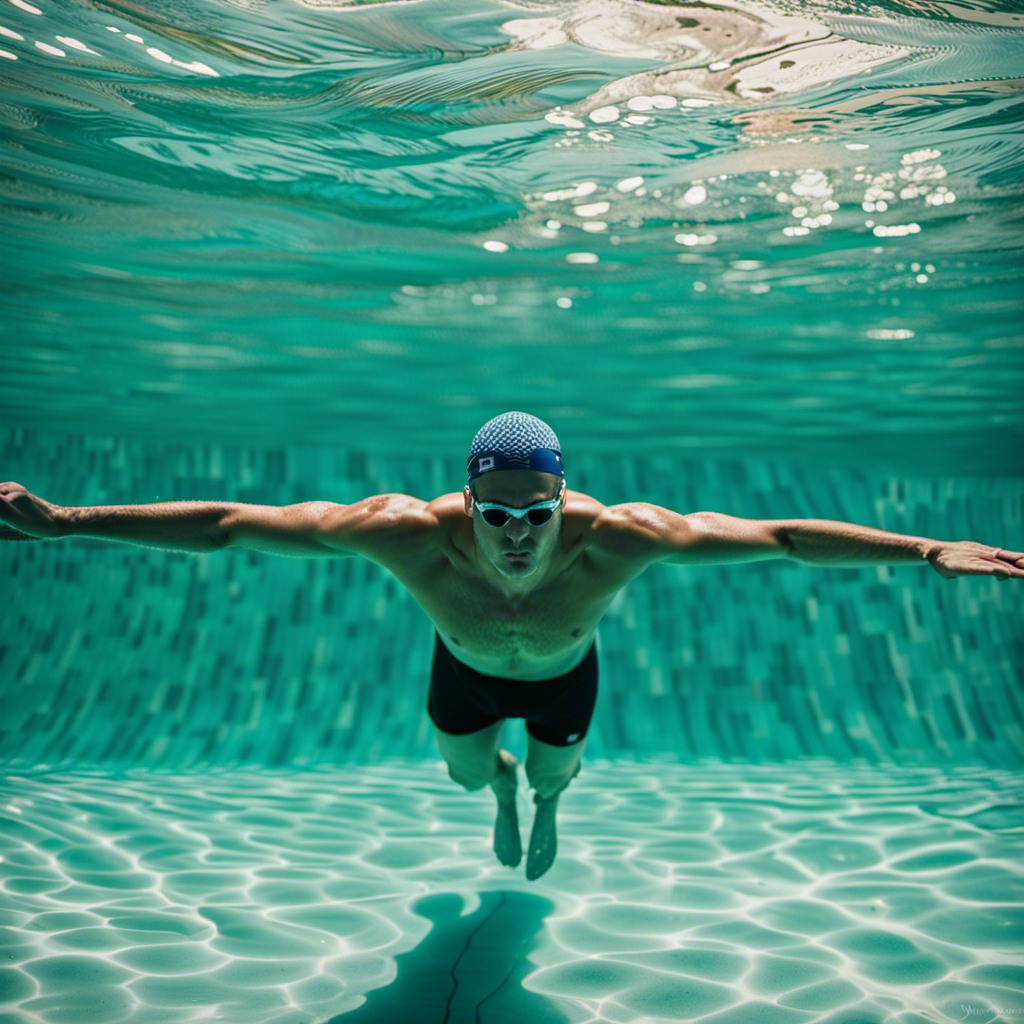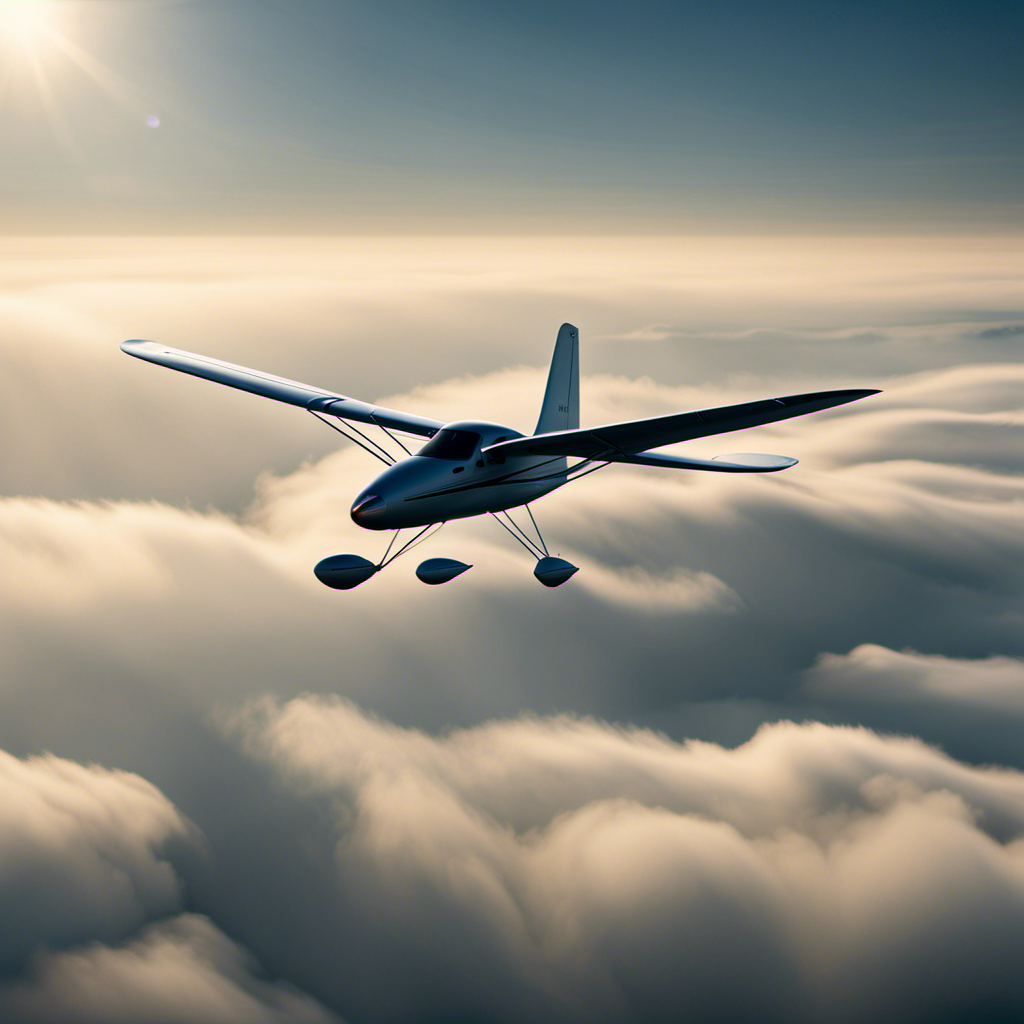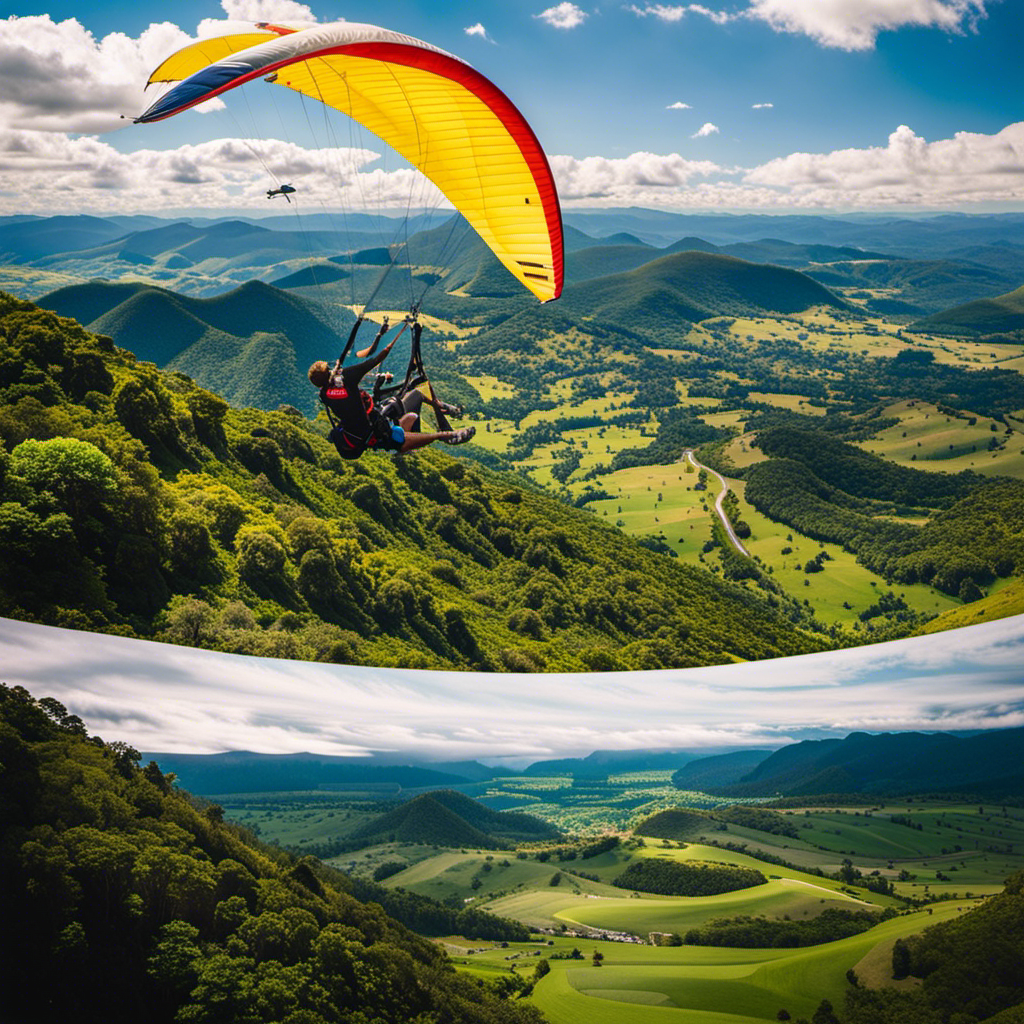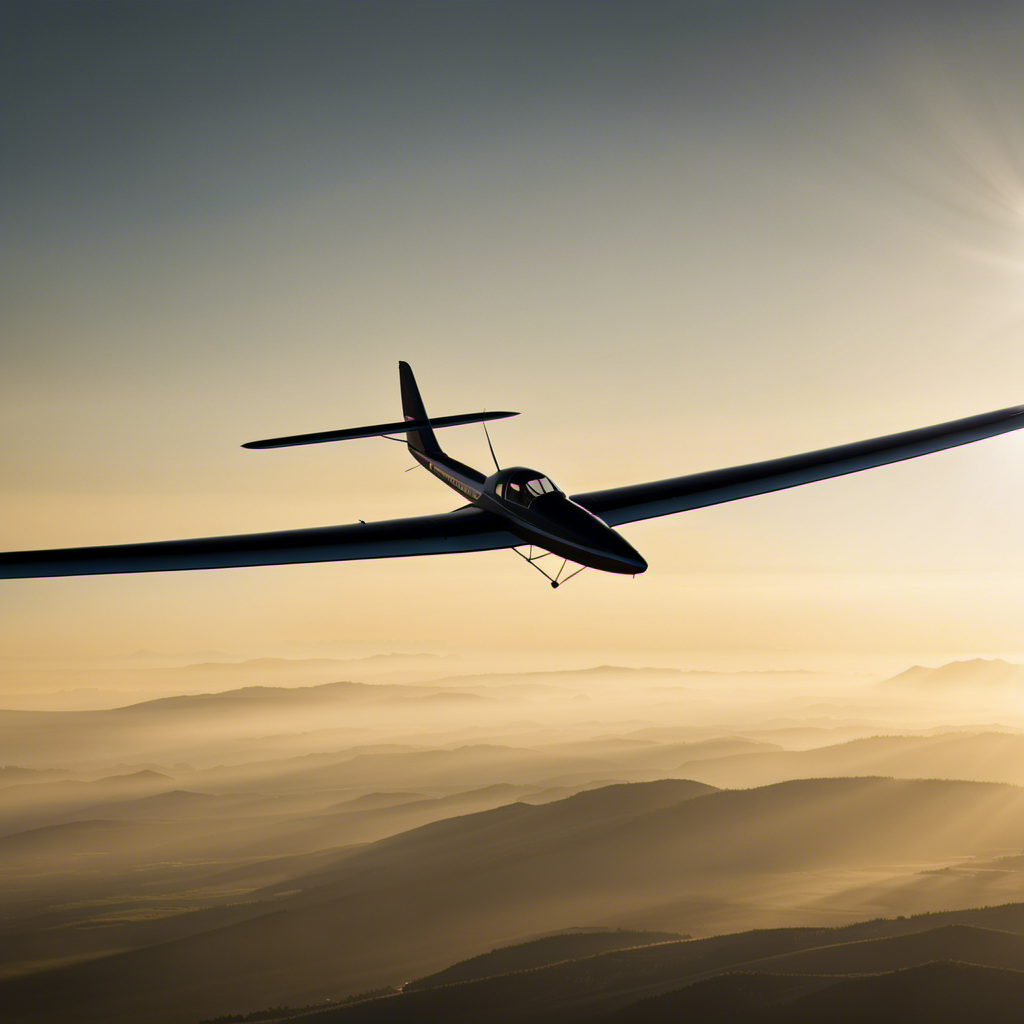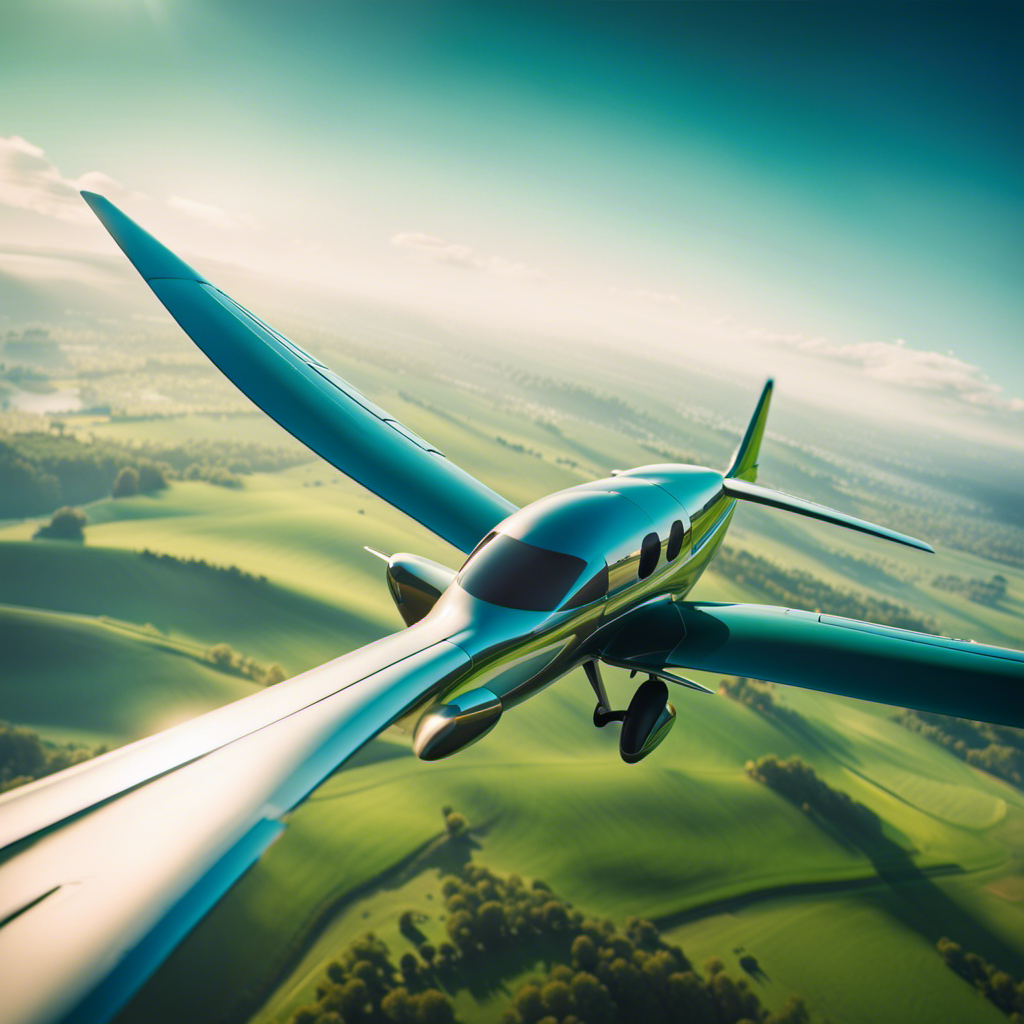As a swimmer, I have always desired to glide effortlessly through the water like a graceful dolphin effortlessly gliding through the sea. Achieving that perfect fluidity in the water requires more than just wishful thinking.
In this article, I will share with you the key techniques and strategies to improve your gliding abilities in the water. From mastering your body positioning to enhancing your kick and arm stroke, we’ll explore the intricacies of gliding and the importance of consistency and patience in your journey to becoming a smoother, more efficient swimmer.
Key Takeaways
- Deep breathing promotes relaxation and reduces tension.
- Smooth strokes enhance fluidity and minimize resistance.
- Proper body alignment improves hydrodynamics and reduces drag.
- Learning from experienced swimmers can provide valuable insights and techniques.
Master Your Body Positioning
To glide better in water, it’s important to master your body positioning. Proper body alignment is crucial for reducing drag and maximizing your efficiency in the water. Start by maintaining a streamlined position with your body straight and long. Your head should be in line with your spine, looking straight ahead, not tilted upward or downward. This helps to create a neutral position and minimizes resistance.
Keep your shoulders relaxed and your arms extended in front of you. Engage your core muscles to stabilize your body and maintain balance. By focusing on body alignment and head position, you’ll be able to move through the water with ease and efficiency.
Now, let’s move on to improving your breathing technique.
Improve Your Breathing Technique
If you want to improve your breathing technique while swimming, it’s important to focus on your inhales and exhales. Proper breathing is essential for maintaining stamina and efficiency in the water. To enhance your lung capacity and develop better breath control, incorporating breathing exercises and lung capacity training is crucial. Here are a few exercises that can help improve your breathing technique:
| Exercise | Description | Benefits |
|---|---|---|
| Diaphragmatic Breathing | Inhale deeply, expanding your diaphragm, and exhale fully. | Increases lung capacity and promotes relaxation. |
| Bilateral Breathing | Alternate breathing on both sides during each stroke cycle. | Enhances bilateral coordination and balance in the water. |
| Breath Control | Practice holding your breath underwater for longer durations. | Improves lung capacity and enhances oxygen utilization. |
Enhance Your Kick
By incorporating specific exercises into your swimming routine, you can enhance the power and efficiency of your kick. One key aspect to focus on is proper ankle flexibility. This will allow you to generate more propulsion and maintain a streamlined body position in the water.
To improve ankle flexibility, perform ankle stretches and exercises that target the calf muscles. Another way to boost your kick is by using fins. Fins provide resistance and increase the workload on your legs, helping you develop stronger muscles. Start by using shorter fins and gradually progress to longer and more rigid ones.
Remember to maintain a steady and controlled kick, avoiding excessive splashing. With proper ankle flexibility and effective use of fins, you’ll have a stronger, more efficient kick, setting you up for success as you develop your arm stroke.
Develop Your Arm Stroke
Once you have achieved a strong and efficient kick, focus on developing your arm stroke to further improve your swimming technique. The arm stroke plays a crucial role in propelling you through the water and can greatly enhance your performance.
To improve timing and increase power, consider the following:
- Maintain a high elbow position during the pull phase to maximize propulsion.
- Focus on a long and smooth underwater arm extension to increase reach and distance per stroke.
- Incorporate a strong catch and pull by engaging your lats and core muscles.
By refining your arm stroke, you can optimize your swimming efficiency and speed. This will allow you to glide through the water with ease and precision.
With a powerful kick and effective arm stroke, you are now ready to dive into the next phase of improving your swimming technique: practicing streamlining techniques.
Practice Streamlining Techniques
To optimize your swimming technique, focus on practicing streamlining techniques to improve your efficiency in the water. Streamlining involves maintaining a streamlined body position and reducing drag as you move through the water. This can be achieved by mastering proper breathing rhythm and body alignment.
When it comes to breathing rhythm, it’s important to find a pattern that works best for you. Some swimmers prefer to breathe every three strokes, while others may breathe every five strokes. Experiment with different patterns to find what allows you to maintain a smooth and consistent glide.
In terms of body alignment, strive to keep your body as straight and flat as possible. Imagine that you’re an arrow slicing through the water. This will help minimize resistance and make your movements more efficient.
By incorporating these streamlining techniques into your swimming practice, you’ll be able to glide through the water with ease and maximize your speed.
And now, let’s move on to the next section where we’ll discuss how to increase your core strength.
Increase Your Core Strength
Focus on building up your core strength to enhance your swimming performance and increase your overall power in the water. Strengthening your core muscles will not only improve your stability and balance, but it will also help you maintain a streamlined body position, reducing drag and allowing you to glide through the water more efficiently.
Here are four exercises that can help you develop a strong core:
-
Plank exercises: Perform variations of planks, such as forearm planks, side planks, and plank with leg lifts, to engage your abdominal muscles and build core strength.
-
Yoga poses: Incorporate yoga poses like boat pose, plank pose, and dolphin pose into your routine to target your core muscles and improve your swimming technique.
-
Russian twists: Sit on the floor with your knees bent and feet elevated. Twist your torso from side to side, engaging your obliques and strengthening your core.
-
Leg raises: Lie on your back with your hands under your hips. Lift your legs off the ground, keeping them straight, and lower them back down slowly to work your lower abs.
By incorporating these exercises into your training regimen, you will improve your core strength, which will ultimately help you glide through the water with greater ease and efficiency.
To further enhance your glide, use equipment to aid your glide.
Use Equipment to Aid Your Glide
Using equipment like fins and a snorkel can greatly improve your core strength and enhance your swimming performance.
When it comes to gliding in water, fins are a fantastic tool for propulsion. They increase the surface area of your feet, allowing you to generate more power and speed with each kick. This helps you maintain momentum and glide effortlessly through the water.
Additionally, utilizing a swim snorkel can greatly improve your body alignment. By eliminating the need to turn your head to breathe, a snorkel helps you maintain a neutral spine position, reducing drag and increasing efficiency. This allows for a smoother and more streamlined glide.
By incorporating these equipment into your training, you can make significant improvements in your glide.
Now, let’s shift our focus to relaxation and fluidity in the water.
Focus on Relaxation and Fluidity
Take a moment to breathe deeply and let your body relax as you move through the water with fluidity. Visualization techniques and mental preparation are key to improving your gliding ability in the water. By mentally rehearsing your movements and visualizing yourself gliding effortlessly, you can enhance your performance and achieve a smoother glide.
To further assist you in understanding the importance of relaxation and fluidity in gliding, refer to the table below:
| Technique | Description | Benefits |
|---|---|---|
| Deep breathing | Inhale deeply and exhale slowly to relax your body and mind before gliding | Reduces tension and promotes relaxation |
| Smooth strokes | Focus on executing smooth and controlled strokes during your glide | Enhances fluidity and minimizes resistance |
| Body alignment | Maintain proper alignment by keeping your head, hips, and feet in a straight line | Improves hydrodynamics and reduces drag |
Learn from Experienced Swimmers
Experienced swimmers can provide valuable advice on improving your gliding technique, giving you insights and techniques to enhance your skills in the water. They can teach you proper body positioning, breathing techniques, and how to maintain a streamlined form to minimize drag.
Learning from professionals who have mastered the art of gliding is a great way to gain valuable insights. Watching tutorial videos online is another excellent resource for learning. Many swimming coaches and experts share their knowledge and techniques through detailed video tutorials. By observing their movements and listening to their explanations, you can gain a deeper understanding of the mechanics behind a smooth glide.
Consistency and Patience
Developing consistency and patience in your swimming practice will lead to significant improvements in your technique and overall performance. When it comes to improving stroke efficiency and maintaining body alignment, these two qualities are essential. Consistency allows you to build muscle memory and refine your movements, while patience enables you to make gradual progress without getting frustrated.
To illustrate the importance of consistency and patience, I have created a table that highlights the benefits of these qualities in swimming practice:
| Consistency | Patience |
|---|---|
| Helps build muscle memory | Allows for gradual progress |
| Improves technique | Reduces frustration |
| Enhances endurance | Promotes mental focus |
Frequently Asked Questions
How can I prevent my legs from sinking while gliding in water?
To prevent my legs from sinking while gliding in water, I can improve my buoyancy. This can be achieved by engaging my core muscles, keeping my body aligned, and using proper breathing techniques.
What are some common mistakes to avoid while gliding in water?
To improve body position while gliding in water, avoid common mistakes like lifting the head, dropping the hips, or crossing the ankles. Practice proper breathing techniques, exhaling slowly underwater and inhaling through the mouth when turning the head to breathe.
Can wearing a swim cap improve my gliding technique?
Wearing a swim cap can improve my glide technique. The swim cap reduces drag on my hair, allowing me to move through the water more efficiently. This improves my overall speed and reduces resistance.
How often should I practice gliding in water to see improvement?
To see improvement in my gliding technique, I should practice gliding in water regularly. Dryland exercises can also be incorporated to enhance my overall swimming performance and reap the benefits of gliding practice.
Are there any specific stretches or exercises that can help improve my gliding ability in water?
Stretching routines and dry land exercises can help improve gliding ability in water. For example, incorporating dynamic stretches like arm swings and leg swings can increase flexibility and range of motion, leading to smoother and more efficient gliding in the water.
Conclusion
In conclusion, becoming a better glider in water requires dedication and practice. By mastering body positioning, improving breathing technique, enhancing your kick, and developing your arm stroke, you can achieve a smoother glide.
Don’t forget to practice streamlining techniques and use equipment to aid your glide. Remember, ‘practice makes perfect,’ so be consistent and patient in your efforts.
Soon enough, you’ll be gliding through the water like a fish in the sea, effortlessly and gracefully.
With a heart that soars as high as the skies, Aria, affectionately known as “Skylark,” is the driving force behind Soaring Skyways. Her journey into the gliding world began as a young dreamer gazing up at the soaring birds, yearning to experience the weightlessness and freedom they embodied. With years of experience both in the cockpit and behind the scenes, Aria’s commitment to the gliding community is unwavering.
